#japanese embroidery
Text
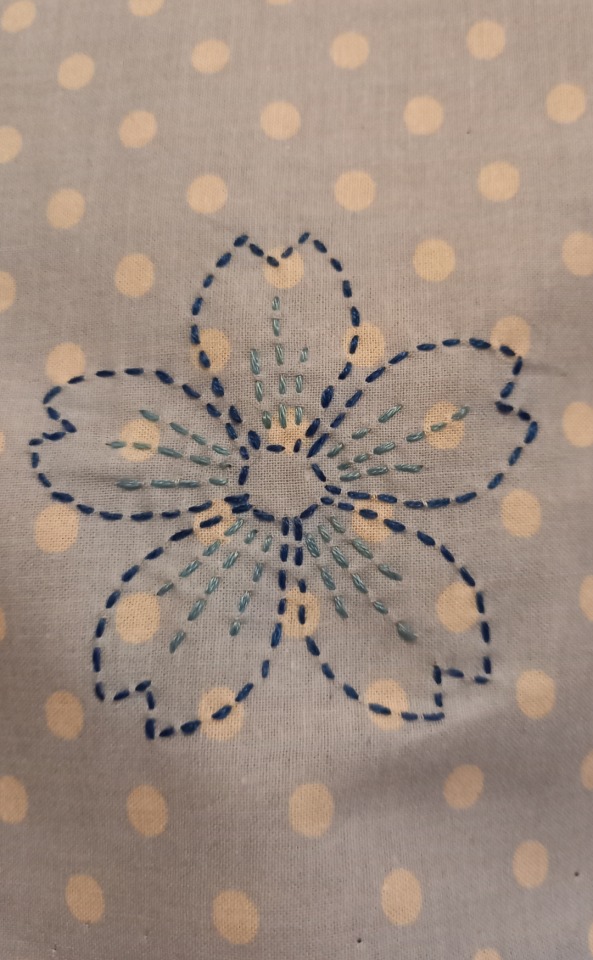
My very first try on sashiko, a traditional japanese embroidery technique. Still figuring out how it works, but for the first piece, this little sakura blossom is not too bad, I guess? ^_^'
27 notes
·
View notes
Photo

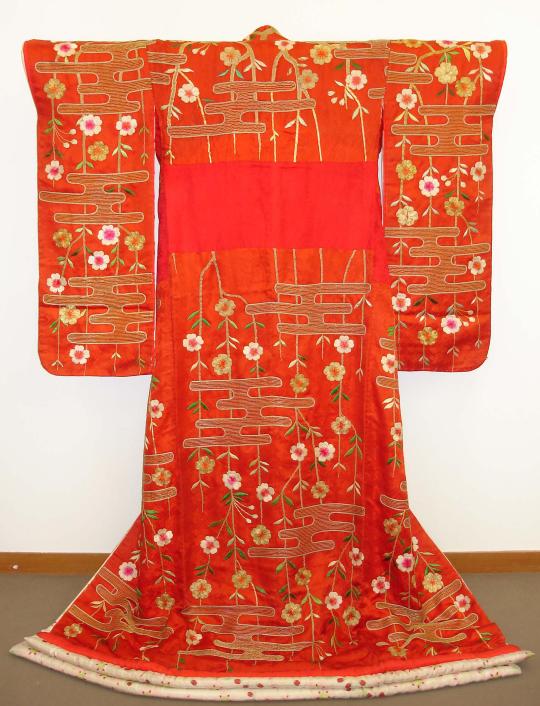
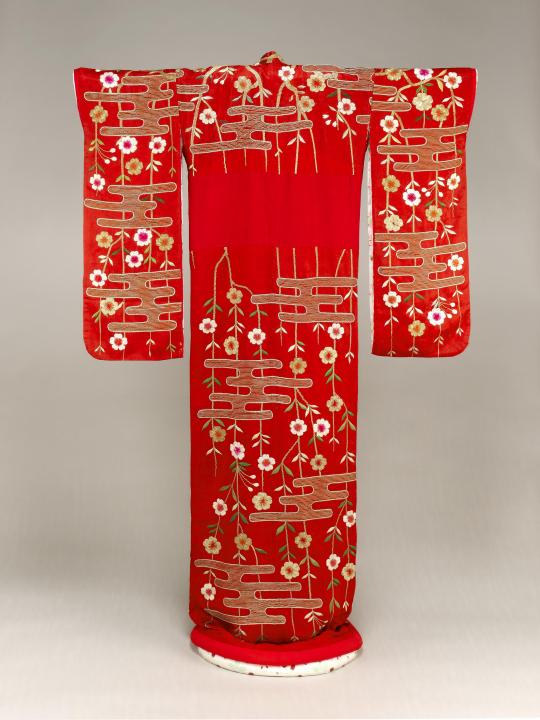
Kimono for kabuki made of red silk, with flowering cherry boughs and pattern embroidered in gold and colours.
© The Trustees of the British Museum.
Creative Commons Attribution-NonCommercial-ShareAlike 4.0 International (CC BY-NC-SA 4.0) license.
38 notes
·
View notes
Text
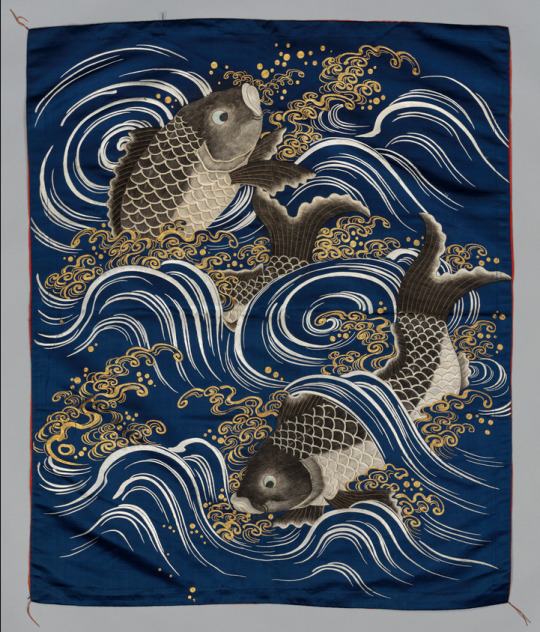
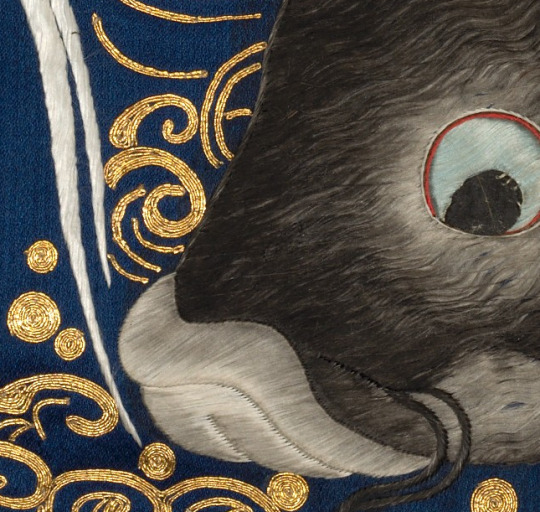


Fukusa with Carp in Waves (波鯉図刺繍袱紗) - details
Gift Cover (Fukusa) with Carp in Waves, 1868–1912. Japan, Meiji period (1868-1912). Silk: embroidered; metallic thread; overall: 87.3 x 71.8 cm (34 3/8 x 28 1/4 in.)
The motif of carp in rough water originated in China. The expression ��carp jumping over the Dragon Gate” (liyu tiao longmen) refers to attaining success in life, or, historically, to passing the imperial examinations for civil service. In Japan, therefore, a gift cover (fukusa) like this would have been appropriate to celebrate the recipient’s achievements.
#found by kino#Fukusa with Carp in Waves#japanese embroidery#fukusa#meji period#asian art#textile art#japanese art#波鯉図刺繍袱紗
11 notes
·
View notes
Text

handmade sashiko handkerchief / tea towel
7 notes
·
View notes
Text

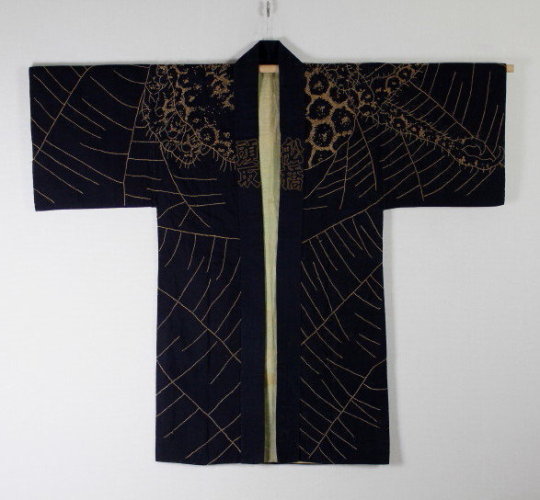
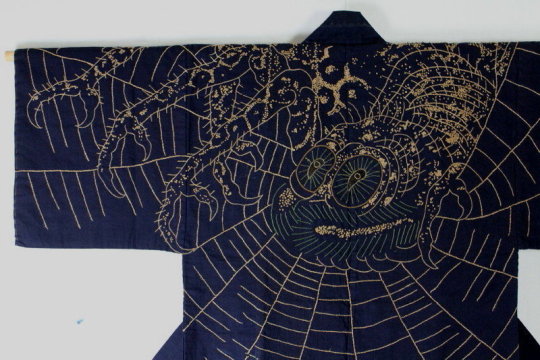


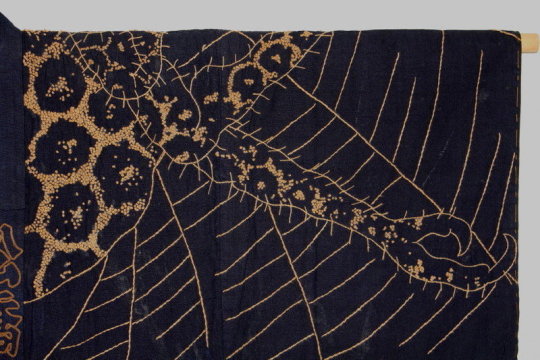

Edo era Sashiko-Embroidered Hanten
#I am floored#spider#embroidery#embroidered#sashiko#sashiko art#hanten#japanese#japan#edo#mid edo period#edo period#garb ref#japanese art#japanese clothing
6K notes
·
View notes
Text
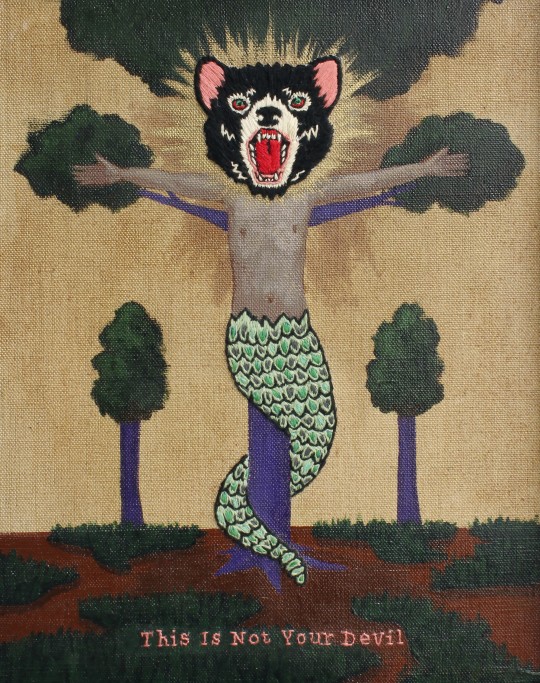
Koichiro Takagi —This Is My God, Not Your Devil (embroidery, acrylic, and oil, on linen, 2019)
337 notes
·
View notes
Text
In celebration of seeing the first fireflies of the season:
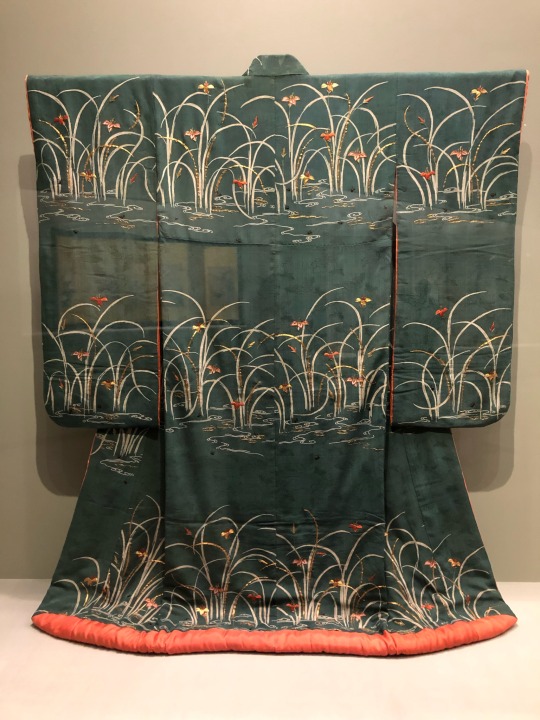
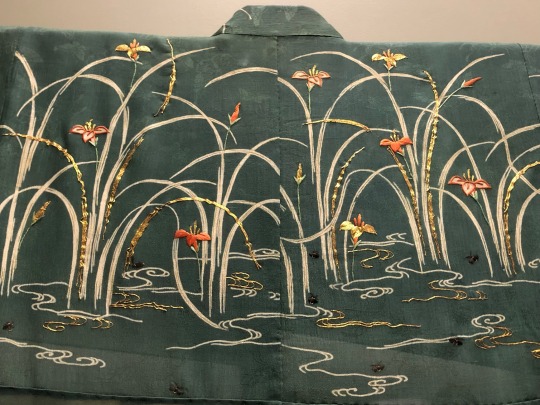
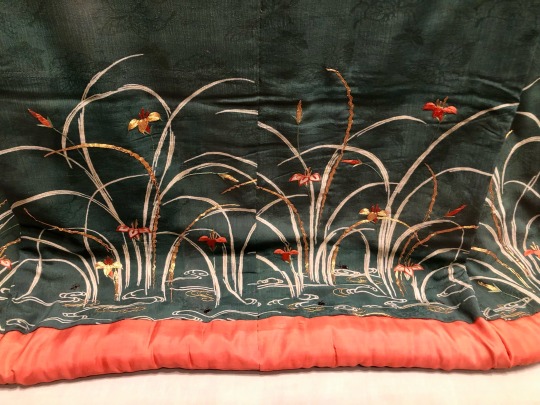

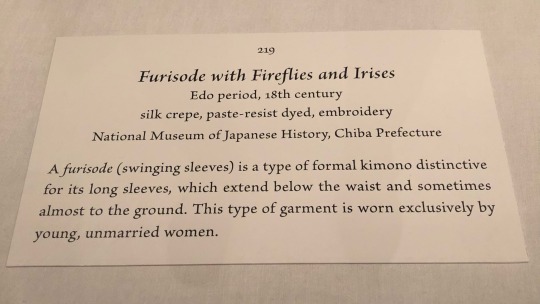
Furisode with Fireflies and Irises
Japan, Edo period, 18th century
silk crepe, paste-resist dyed, embroidery
National Museum of Japanese History (photographed on display at The Life of Animals in Japanese Art exhbition at the National Gallery of Art DC in 2019)
#Japanese art#East Asian art#Asian art#18th century art#kimono#furisode#historical costume#garment#embroidery#irises#fireflies#National Gallery of Art DC#The Life of Animals in Japanese Art#museum visit#exhibition#textiles#National Museum of Japanese History
772 notes
·
View notes
Text

I spent the summer staying in
#I WANNA CHURN LIKE AMISH BUTTER!!!#Japanese Breakfast#psychopomp#crying in h mart#michelle zauner#embroidery
274 notes
·
View notes
Text


Robe (Kosode)
Early 17th Century
This sumptuous robe is among the earliest extant kosode (garment with small sleeve openings). The natural scenery of Japan’s coast, with its beaches strewn with shells and sea grass, inspired the delicate embroidered design. The foundation fabric, woven in an intricate key-fret pattern with floral motifs, was likely imported from China in its white, undecorated state. It was then resist dyed to achieve the effect of irregular sandbanks, and the marine motifs were embroidered on top. The alternating bands of light blue were further embellished with gold-leaf accents.
The MET
#robe#kosode#fashion history#japanese fashion#non western fashion#historical fashion#17th century#off white#japan#embroidery#edo period#edo era#1600s#1610s#1620s#1630s#the met
284 notes
·
View notes
Photo
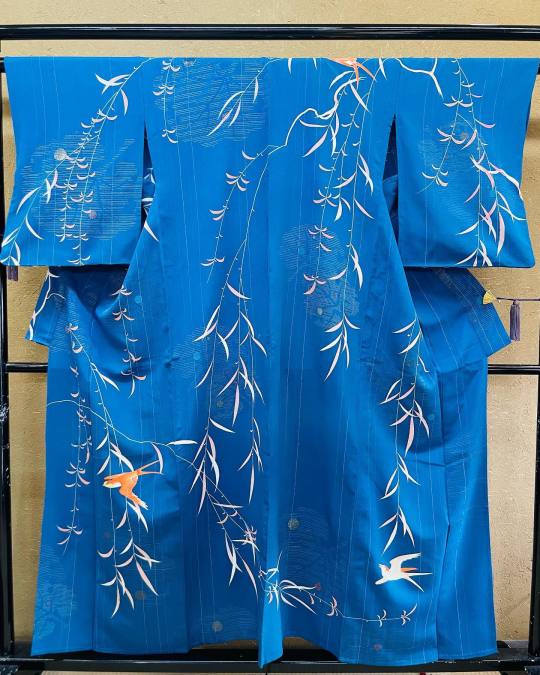



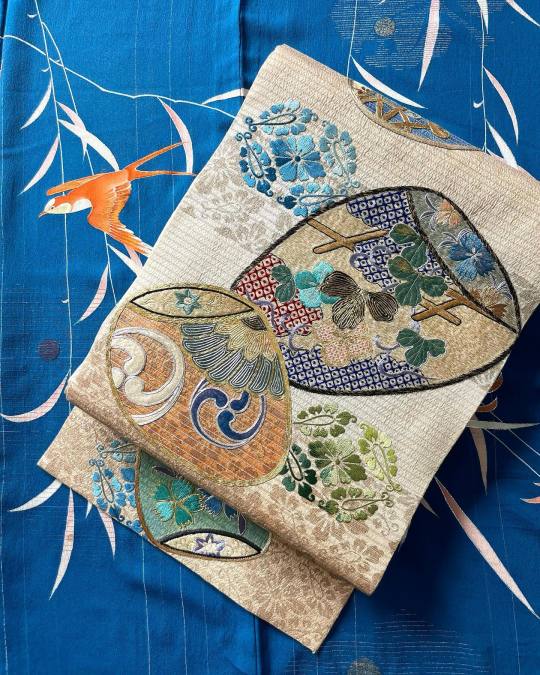




Romantic antique summer kimono with swooping tsubame (swallow) by yanagi (willow) - you can see woven in the background what might be dewy tsuwabuki leaves (Japanese silver plant).
The obi is an antique summer maru obi (base was probably whiter in the past) with luscious embroidery. I am not certain of what the pattern is, I see kaiawase (matched shells) with summery and auspicious “painted” details. The flowery pattern is hana katsumi (geometrical leaves and flowers, stylised plant of rice family).
#japan#fashion#kimono#obi#summer in japan#tsubame#swallow#yanagi#willow#tsuwabuki#japanese silver plant#embroidery#kaiawase#matching shell#hana katsumi#着物生活#帯
314 notes
·
View notes
Text


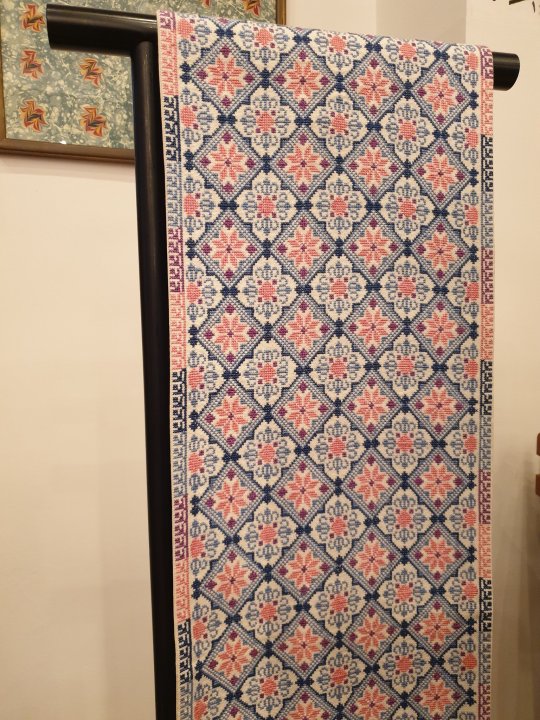

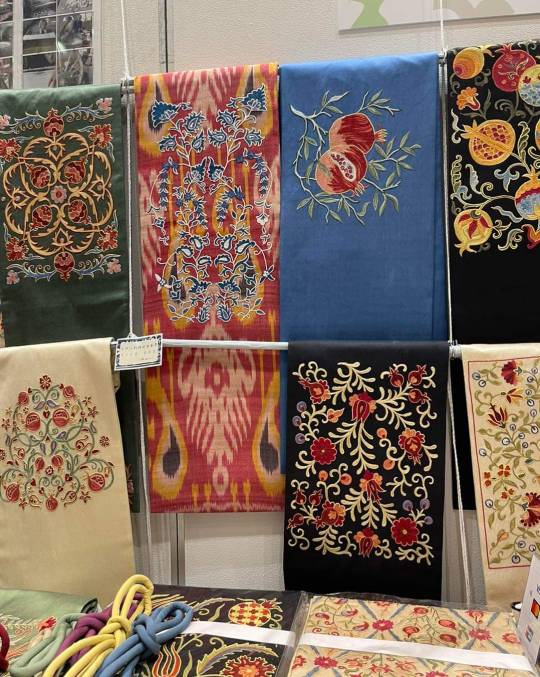
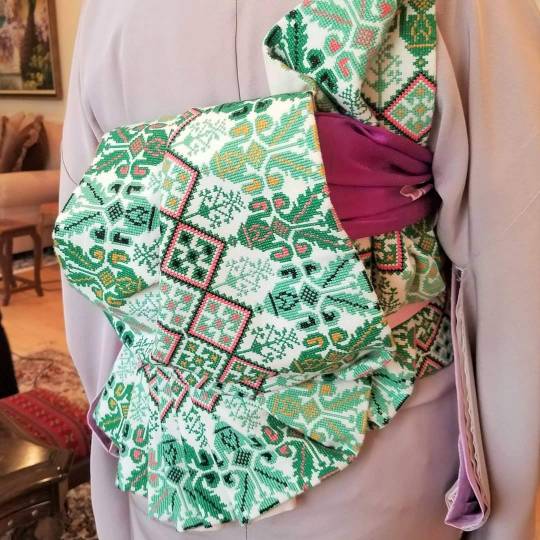
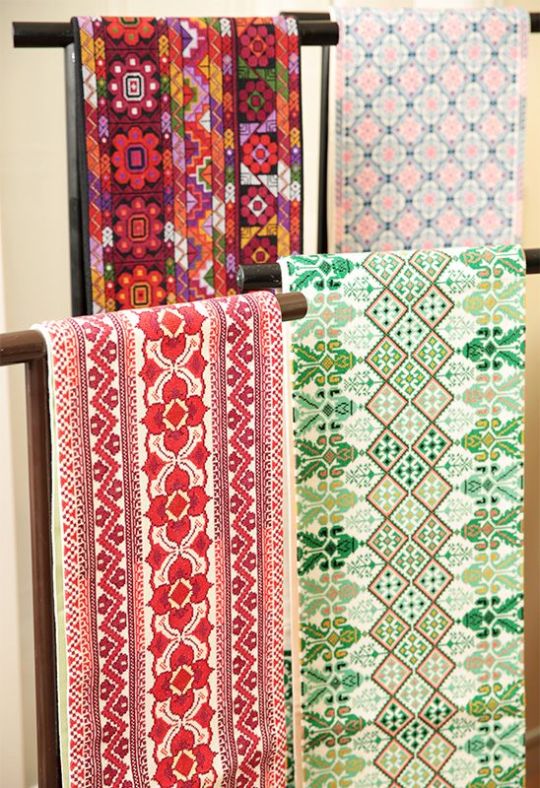
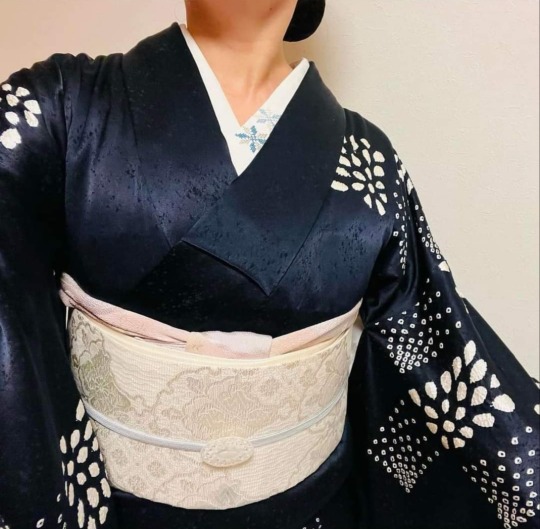
Look at this beautiful project in Japan to design new Kimono models inspired by traditional Palestinian clothes! 🇵🇸
Some of the project's creations were displayed at a charity bazaar in Tokyo and the founder has been very vocal about Palestine, sharing posts in support with fundraising 🇵🇸
This is a very worthy group project, of communion of ideas, talent and cultures. Some kimono collars were embroidered by refugee woman in Ramallah, West Bank.
Check the official page where they sell the costumes and even the embroidery if you want to show support: https://www.facebook.com/100057255738695/posts/pfbid02zweY1AM5n1EciiLSTga6QKo8trE2PgZMaLLHqEJWKSeAMGqtxRMNjKU7FYLV8eLHl/
#palestine#japan#kimono#japanese fashion#palestinians#palestinian women#japanese costumes#support palestine#palestinian fashion#palestinian costumes#japanese costume#free palestine#palestinian workers#fashion#kimonos#embroidery#asian fashion#asian costumes#asian cultures#important
82 notes
·
View notes
Text

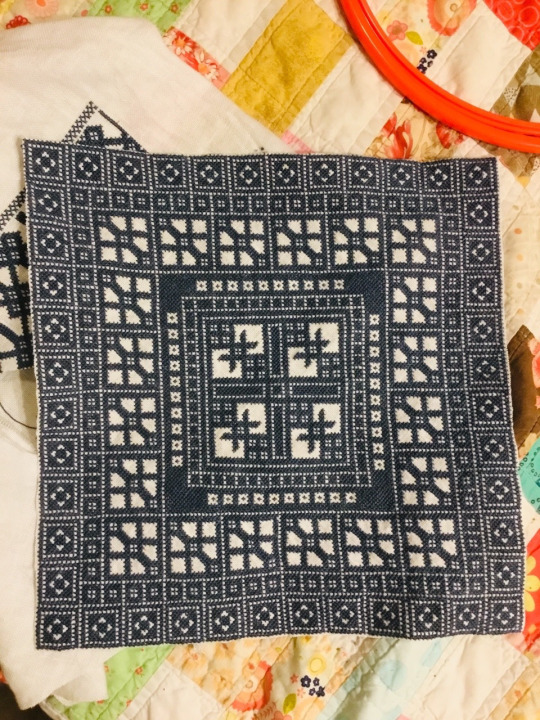
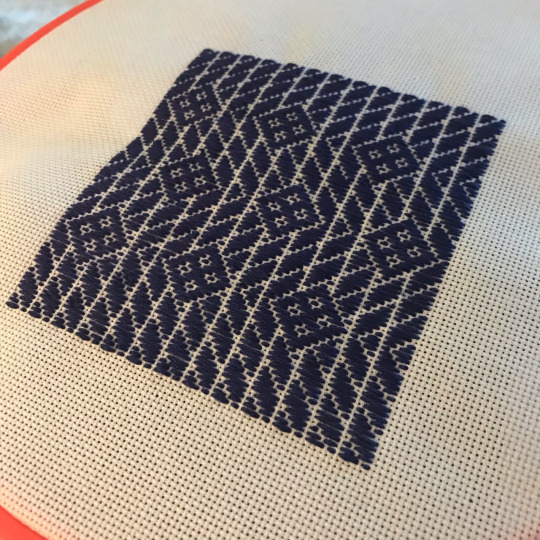

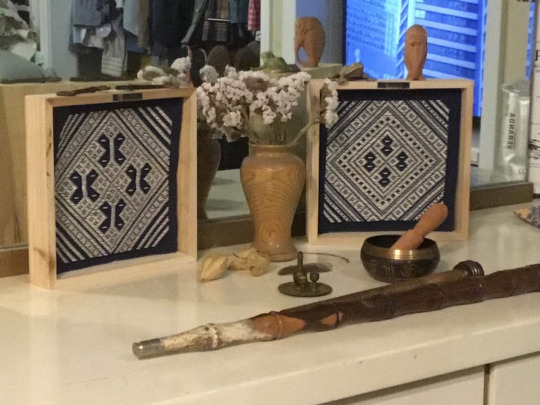

Some of my kogin (a style of Japanese folk embroidery) pieces.
45 notes
·
View notes
Text
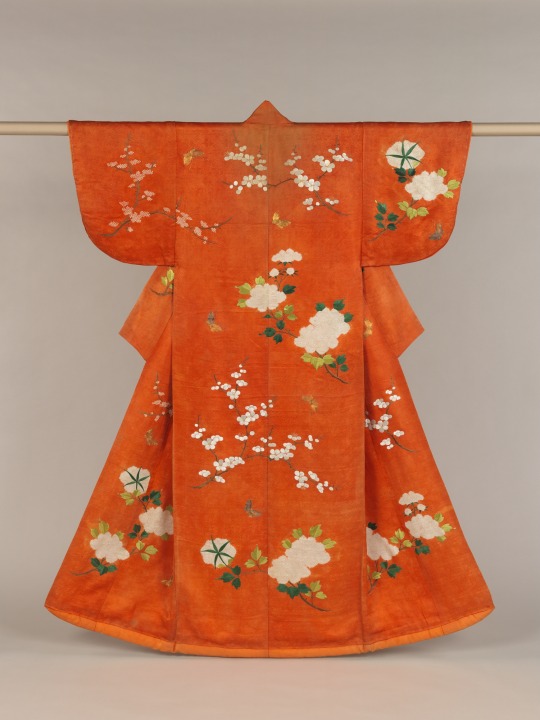

Uchikake (outer robe) with peonies, plum blossoms, and butterfilies
Japanese, Edo Period, late 18th or early 19th century
silk damask embroidered with silk and metallic thread
Metropolitan Museum of Art
#Asian art#uchikake#outer robe#clothing#history of costume#Japanese#Edo Period#Edo Japan#poeny#plum blossom#butterfly#silk#embroidery#Metropolitan Museum of Art
76 notes
·
View notes
Text
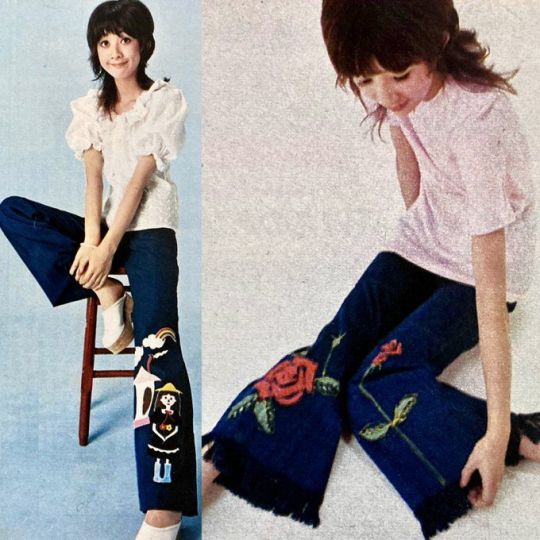
1972 embroidered jeans (Japan)
210 notes
·
View notes
Text


Who knew scissors could be so small! Introducing the newest range of remarkably sharp Seki Mini Scissors by Cohana. Simply pinch lightly to cut the thread. They come with a genuine leather case and a beautiful silk tassel in 5 colours!✂️💫🙂
#mini scissors#tiny scissors#miniature#embroidery scissors#Cohana#Cohana scissors#Cohana Japan#embroidery#handembroidery#small scissors#travel scissors#airplane friendly#stitchers gift#embroiderykit#etsy#etsyuk#Cohana Uk#Japanese scissors#craftsmanship#craft supplies
65 notes
·
View notes
Photo
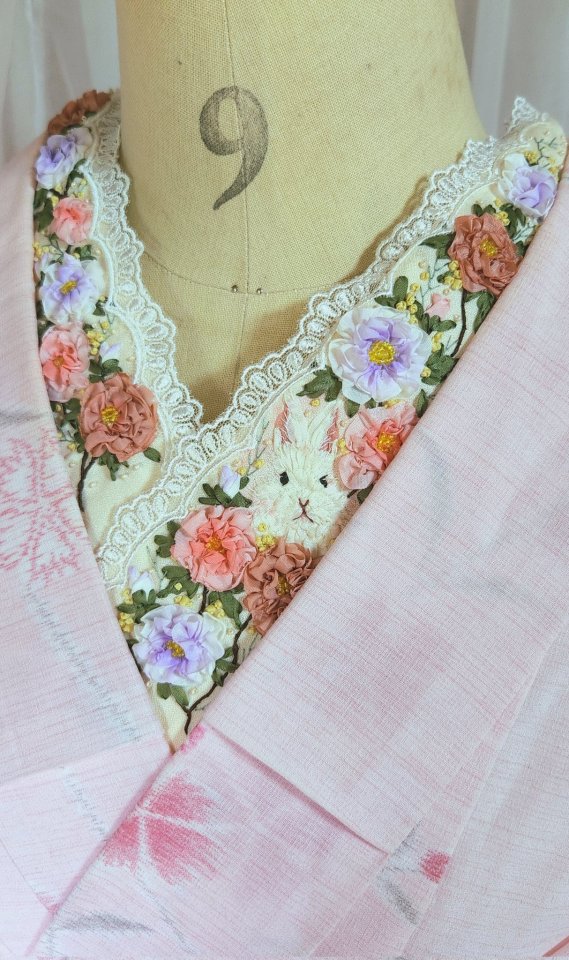
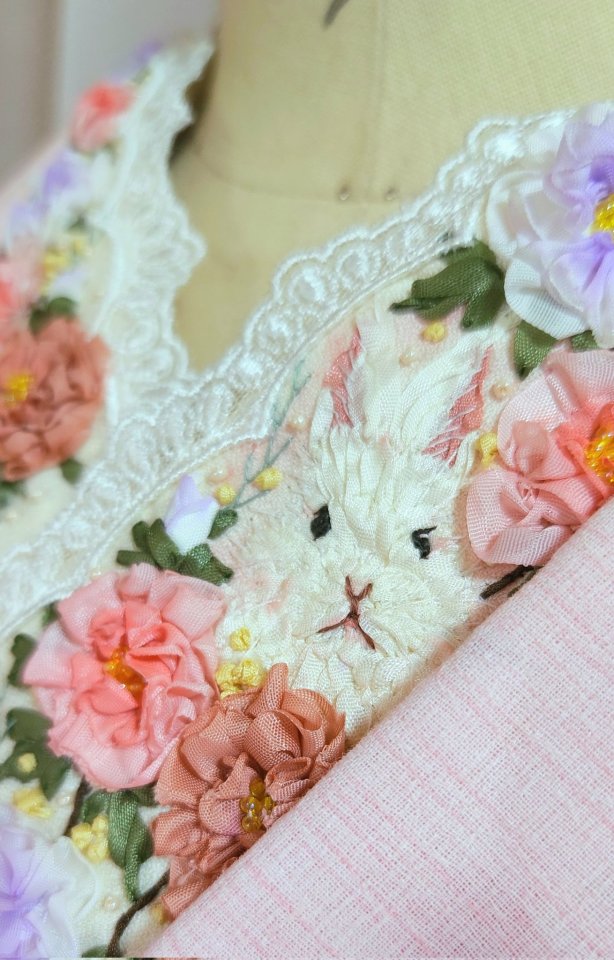
🐰 Haneri embroidered with a cute rabbit surrounded with beautiful blooming flowers, ideal for the Mid-Autumn Festival (𝒯𝓈𝓊𝓀𝒾𝓂𝒾)🐇
𝑀𝓊𝓈𝑒𝑒 𝒫𝑒𝓃𝓈𝑒𝑒 brings us a beautiful collection of exquisitely embroidered haneri.

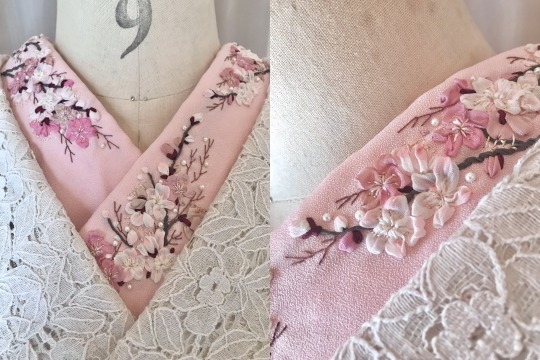
𝐿𝒾𝓁𝓎 𝑜𝒻 𝓉𝒽𝑒 𝓋𝒶𝓁𝓁𝑒𝓎 (スズラン) or 𝒫𝓁𝓊𝓂 𝒷𝓁𝑜𝓈𝓈𝑜𝓂 (梅) What is your favorite flower?
What is your color you choose? Blue or pink?
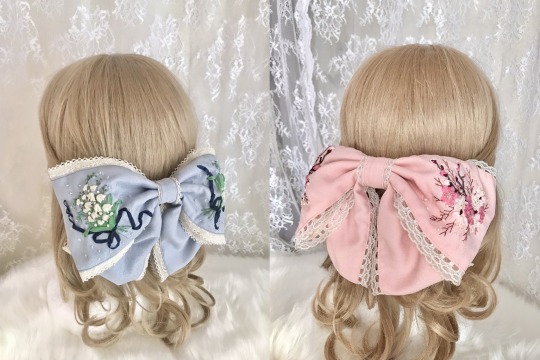
This collar with swan (白鳥) embroidery and a blue background can be combined with a summer yukata or for more formal events.🦢

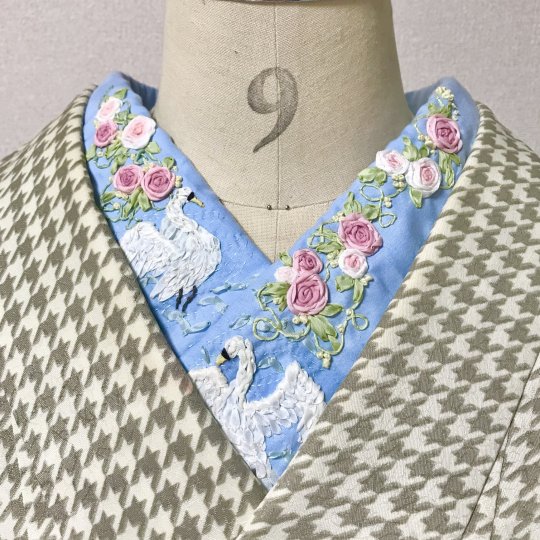
You can visit this skilled artist's shop here
#Musee Pensee#Haneri#Kimono#Tsukimi#Embroidery#Half collar#Collar#Decorative collar#JFashion#Japanese Fashion#Fashion#Moon Festival
275 notes
·
View notes